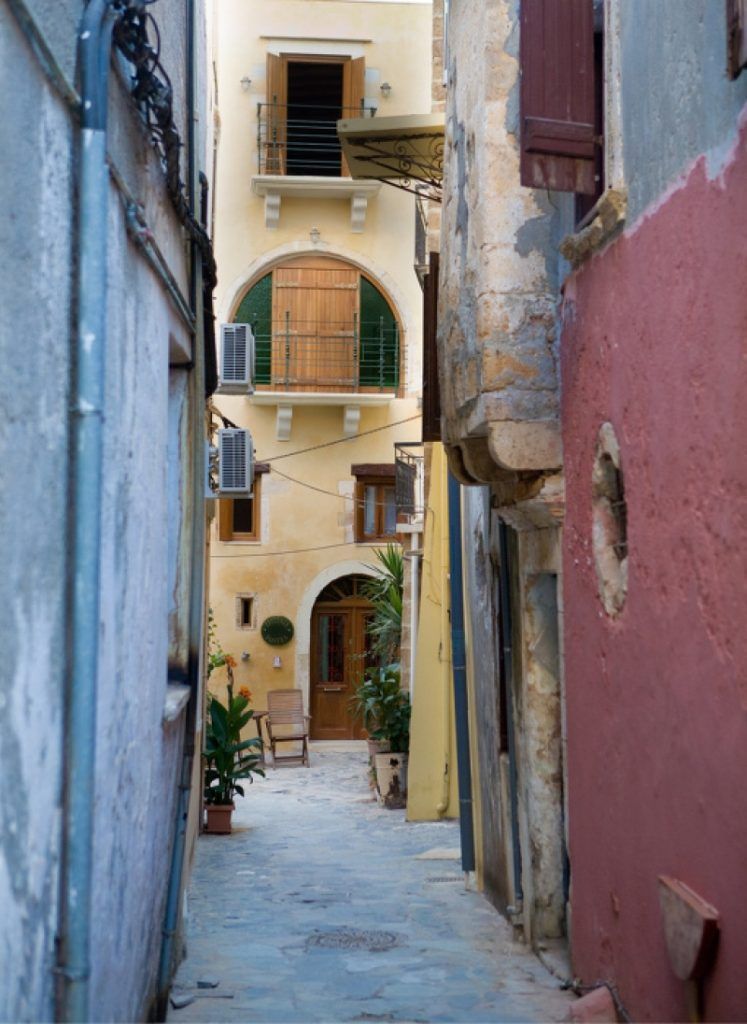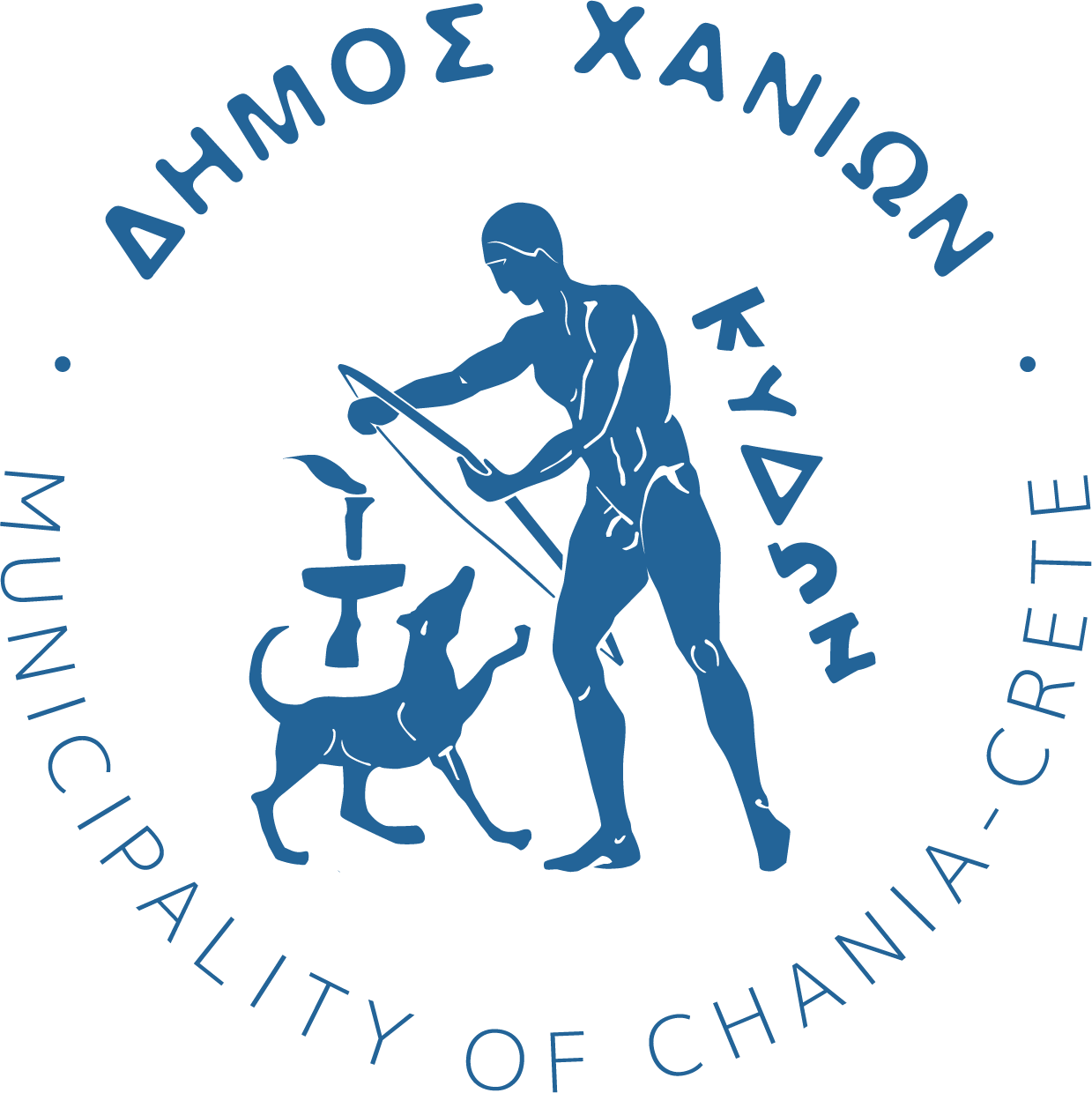Turkish Bath-Hamam – (Halidon)

Built in the 17th century, the Hamam of Yusuf Pasha was erected in place of the Venetian monastery of St. Clara located at the opposite site of San Francisco (Archaeological Museum) in current Halidon Street. Part of it was destroyed by the German bombing in 1941. In 1965 was declared preserved, until 1994 housed a […]
The Lighthouse

Around 1595-1601 a lighthouse was built by the Venetians, founded on the natural rock, which functioned as an open flame torch (fryktoria) and is referred to as a “lantern” in a plan of the city of Chania of 1689 by V. Coronelli. For the renewal of the water and the avoidance of embankments, an opening […]
Ottoman fortress (Koules) Apteras

The fortress of Aptera was built by the Ottomans after the Revolution of 1866, as part of a program to connect Crete with a network of fortifications, towers and fortresses. It was located at the Paleokastro site, in the ruins of Ancient Aptera, near the village of Kalami, and communicated with the fortresses of Souda, […]
The Cathedral of the Virgin Mary (Trimartyri)

The current cathedral of the Entrances was built on the site of an older church of the Virgin, which dates back to the 14th century. When Chania was occupied by the Turks in 1645, the temple was turned into a soap factory, but without changing its layout. Until 1868, the temple, as a soap factory, […]
Venetian Harbour of Chania

During the Venetian and Turkish rule, Chania had a fairly developed trade and shipping. Not only the import, but also the export of products and various articles was remarkable. Corresponding to the movement of trade was that of shipping, although relatively few ships operated due to the lack of a wide and safe harbor. From […]
Topchanas & Jewish district

Topanas and Evraiki are two of the most historic districts in the northwestern part of the old town of Chania. They were the place of settlement for Christians and Jews respectively immediately after the Ottoman conquest. Today the picturesque cobbled streets, mansions and scattered monuments give the feeling of a living monument and are a magnet for tourists.
Hoogiar Jamisi

Immediately after the conquest of the city of Chania in 1645, the Ottomans converted the church of Agios Nikolaos, which was the catholicon of the monastery of the Dominican monks, into the so-called Mosque of the Ruler (Hunkiar Jamisi). The particularity of the mosque is found in the minaret, which, unlike the others, had two balconies (serifieds), because it was a sultan’s mosque.
Square 1821 – Splantzia

It was the pre-eminent Turkish quarter of the city centered on today’s 1821 square. Today, on its northwestern edge, there is the Venetian church of Agios Roccos, to the east of the square, the church of Agios Nikolaos, and in the center a huge plane tree, on which the Ottomans on May 19, 1821, hanged Bishop Kissamos Melchizedek.
Kastelli

The low hill of Kastelli, to the east of the port, was an ideal location for the establishment of a prehistoric settlement of ancient Kydonia, not only because it is adjacent to the sea, but also because it is surrounded by the rich Chaniotiko plain. The pottery of the transitional Neolithic period (3,000-2,900 BC) is […]
The Mosque Kioutsouk Hassan (Giali Tzamisi)

The Mosque of Kiucuk Hasan or Yali Mosque (Seaside Mosque) was founded in 1645 and completed by Kiucuk Hasan Pasha, who gave his name to this Ottoman mosque. After the exchange of populations, the mosque was used as a warehouse, Archaeological Museum and office of the Hellenic Tourism Organization. Today it is the property of the Port Fund and hosts periodic exhibitions.


